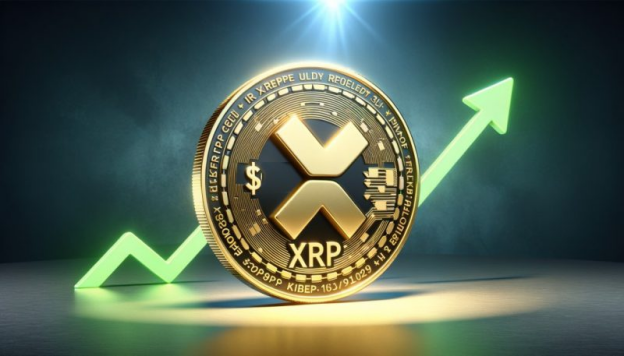
Introduction: XRP Ripple's technological development and innovation are one of the key factors in its success. Understanding XRP's technological progress and innovation will help grasp its position in the market and its future development potential. This article will explore XRP's technological development history, innovative applications, and future technological trends.
XRP's technological development history
XRP's technological development history includes the following important stages:
The initial release of the Ripple protocol: XRP's technical basis is the Ripple protocol, which was first released by Ripple Labs in 2012. The design goal of the Ripple protocol is to improve the efficiency of financial transactions and optimize cross-border payment processes.
Introduction of consensus algorithm: XRP uses the consensus algorithm of the Ripple protocol instead of the traditional proof-of-work (PoW) mechanism. The introduction of this consensus algorithm enables XRP to process a large number of transactions in a short period of time, increase transaction speed and reduce fees.
Technical upgrades and improvements: Ripple Labs continues to upgrade and improve XRP's technology to meet market needs and challenges. For example, new features and improvements have been introduced to enhance XRP's security, stability and scalability.
XRP's technological innovation
XRP's technological innovation is mainly reflected in the following aspects:
Efficient transaction processing mechanism: XRP's transaction processing mechanism has high efficiency and can complete transaction confirmation within seconds. This innovation gives XRP a competitive advantage in cross-border payments and financial services.
Low transaction fees: XRP's low transaction fees are one of its important technological innovations. This enables XRP to reduce the cost of cross-border payments and improve the economic benefits of transactions.
Smart contracts and DApps support: XRP's technical architecture supports smart contracts and decentralized applications (DApps). This innovation provides more possibilities for the future development of XRP, including applications in DeFi and other financial services.
Future technological trends
XRP's future technological trends may include the following aspects:
Further optimize transaction speed and efficiency: With the continuous advancement of technology, XRP may further optimize transaction speed and efficiency to meet the growing market demand.
Expand smart contract functions: XRP may expand its smart contract functions to support more decentralized applications (DApps) and financial service innovations.
Enhance network security: Network security is an important direction for the future technological development of XRP. Ripple Labs is likely to continue to strengthen the security of XRP to protect user assets and data.
Conclusion
The technological development and innovation of XRP have played a key role in its success. By understanding the technological history, innovative applications and future trends of XRP, investors can better grasp its development potential and make informed decisions in the market.